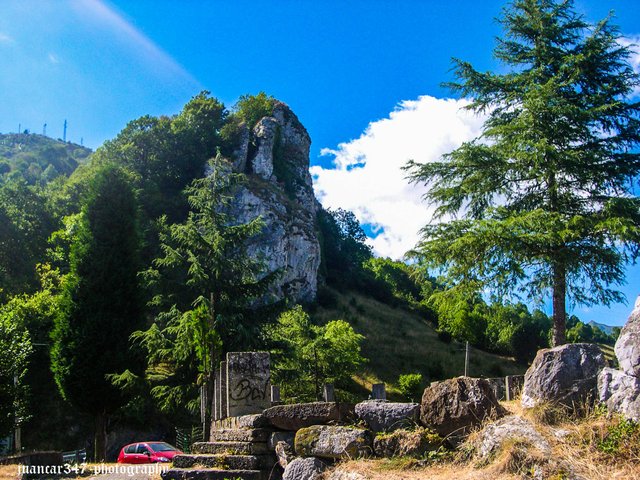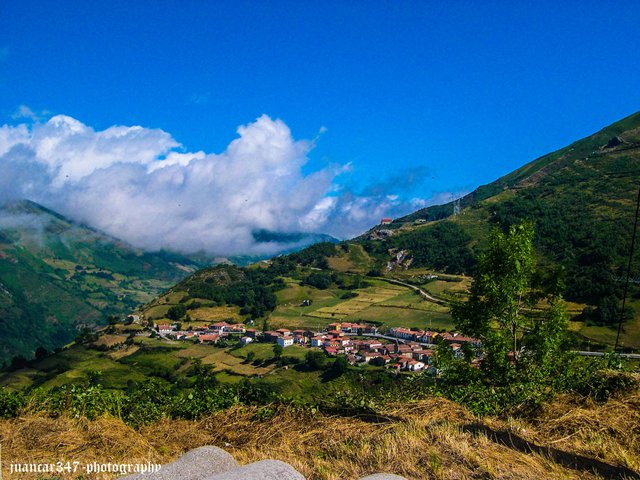
There is a traditional Asturian song that, referring to Pajares Pass, sums up, in a few brief sentences, what the natural passage from the Castilian plateau to the Principality of Asturias meant for a lifetime—and I'm probably understating it—to me: 'Whenever I think of Asturias, I remember Pajares Pass: it welcomes me when I arrive and bids me farewell when I leave.' And it has always been this way, until modern times, with the opening of a highway, a direct consequence of Pajares Pass definitively losing its original prominence, becoming a secondary option and suffering the ostracism of a vast majority of travelers, who opt for the convenience of the highway to the detriment of the immense pleasure of the adventure of exploring a mountainous environment, simply spectacular and full of legends and traditions.
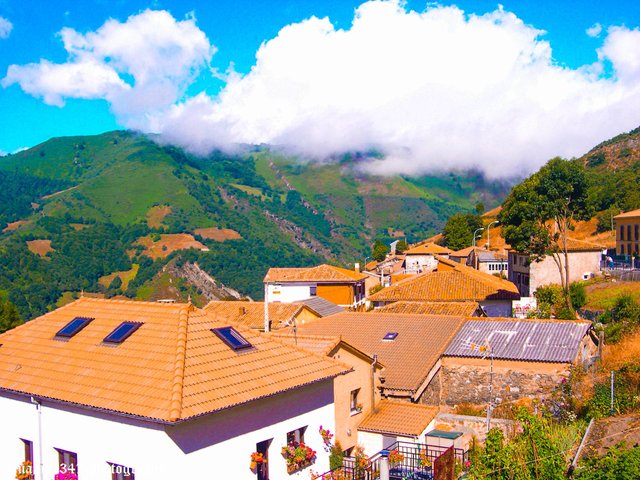
Serving also as a border between the Principality of Asturias and León, the Puerto de Pajares is undoubtedly also the ideal place to admire, in all its superb grandeur, a fierce mountainous environment, which, forming the so-called Mesa Natural Park, has, among other significant places, that superb geographical feature, which, under the name of Peña Ubiña, incites the imagination, as it is still remembered, in the numerous surrounding villages, including the town of Pajares itself - places that are usually isolated in winter, as a result of heavy snowfall - that extraordinary supernatural folklore, which made Peña Ubiña, precisely, the place chosen by the Astur-Leonese witches to dedicate themselves, according to rumors, body and soul to some covens, which, as it was told on the icy winter nights, to the invaluable warmth of the embers of the hearth, must have been as terrifying as those reflected by Francisco de Goya in his Black Paintings, and more specifically, in that small collection of five paintings he made commissioned by the Marquises of Osuna, two of which are now part of the jewels of the Lázaro Galdiano Museum in Madrid: specifically, those entitled "The Sabbath" and "The Witches."
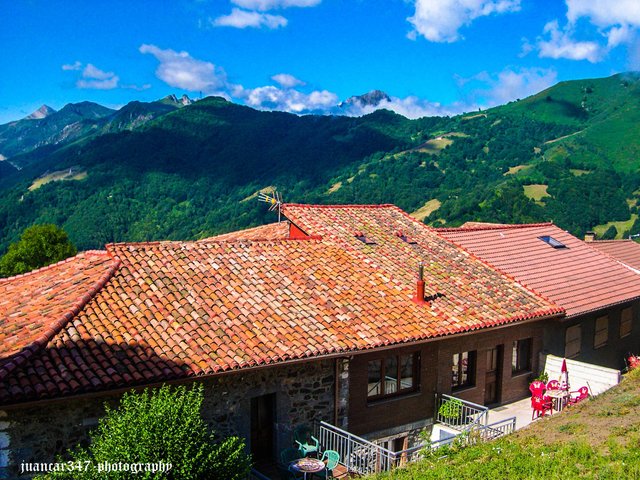
Furthermore, it should be noted that, just below the summit of Puerto de Pajares, although now located within the territory of León, is another of the great landmarks, of course and naturally diminished over time, which is the no less legendary, although still frequented in the past by travelers and pilgrims, monastery of Santa María de Arbás, located at the side of the road, in the place known as Arbás del Puerto. A monastery also surrounded by mysteries and legends—such as that of the bear on its coat of arms, which was yoked to a chariot as punishment for eating one of the oxen—where, in its early days, the presence of some Canons Regular of Saint Augustine was not lacking. This may have been the origin of the traditions claiming the presence of Templars in the place. Although it has been altered by the renovations undertaken over time, its church still preserves the original layout of Romanesque architecture, which is quite rare, by the way, in this part of Asturias and León.
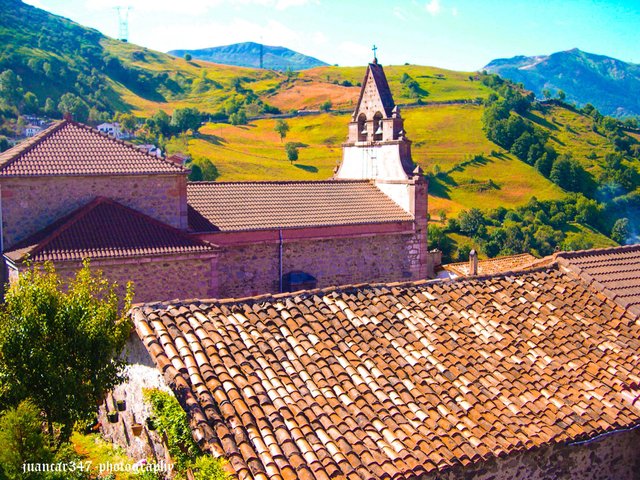
Hay una canción tradicional asturiana, que, refiriéndose al Puerto de Pajares, resume, en unas breves frases, lo que durante toda una vida y seguramente me quedo corto, significó el paso natural de la Meseta castellana al Principado de Asturias: ‘Siempre que pienso en Asturias, recuerdo el Puerto Pajares: él me recibe al llegar y me despide al marcharme’. Y así ha sido siempre, hasta tiempos modernos, con la apertura de una autovía, consecuencia directa de que el Puerto de Pajares perdiera definitivamente su protagonismo original, convirtiéndose en una alternativa secundaria y sufriendo el ostracismo de una gran mayoría de viajeros, que apuestan por la comodidad de la autovía, en detrimento del inmenso placer que supone la aventura de adentrarse por un entorno montañoso, sencillamente espectacular y repleto de leyendas y tradiciones.
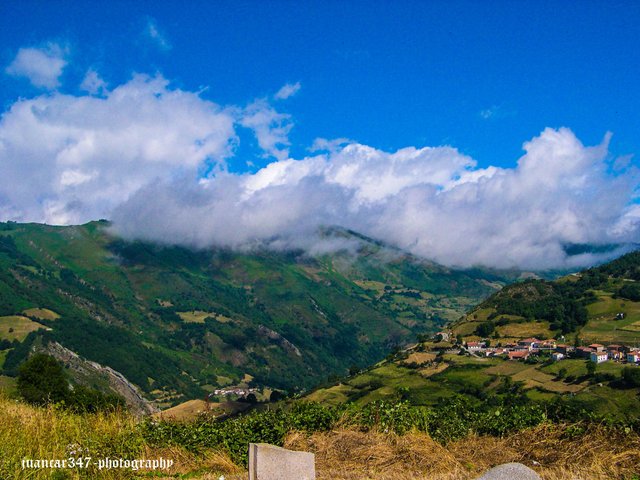
Sirviendo, además, de frontera entre el Principado de Asturias y León, el Puerto de Pajares, sin duda alguna, es también el lugar idóneo para admirar, en toda su soberbia grandeza, un férreo entorno montañoso, que, configurando el denominado Parque Natural de la Mesa, cuenta, entre otros significativos lugares, con ese soberbio accidente geográfico, que, bajo la denominación de la Peña Ubiña, incita a la imaginación, pues todavía se recuerda, en las numerosas aldeas de alrededor, incluido el propio pueblo de Pajares -lugares que suelen quedar aislados en invierno, a consecuencia de las fuertes nevadas- ese extraordinario folklore sobrenatural, que hacía de la Peña Ubiña, precisamente, el lugar escogido por las brujas astur-leonesas para dedicarse, según se rumorea, en cuerpo y alma a unos aquelarres, que, según se contaba en las gélidas noches de invierno, al inapreciable calor de las brasas del hogar, debían de ser tan espeluznantes como los reflejados por Francisco de Goya en sus pinturas negras y más concretamente, en aquella pequeña colección de cinco cuadros que realizó por encargo de los Marqueses de Osuna, dos de los cuales son parte ahora de las joyas del Museo Lázaro Galdiano, de Madrid: concretamente, aquellos que llevan por título, ‘El Aquelarre’ y ‘Las Brujas’.
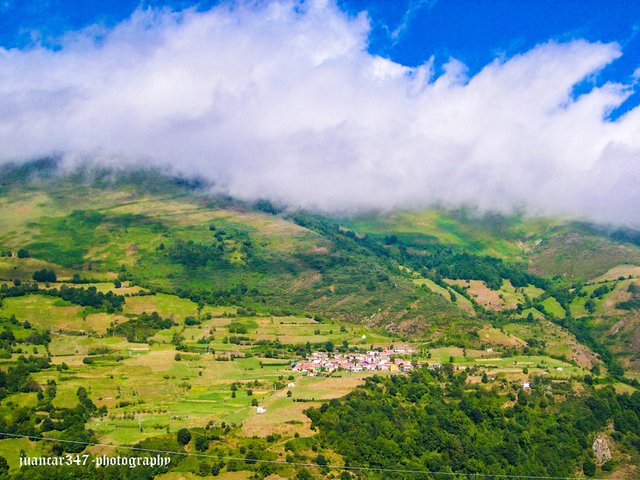
Además, hay que tener en cuenta, que, poco menos que en la cúspide del Puerto de Pajares, aunque ya situado dentro del territorio leonés, está otro de los grandes hitos, por supuesto y como viene siendo natural, venido a menos con el tiempo, que es el no menos legendario, aunque sí frecuentado en el pasado por viajeros y peregrinos, monasterio de Santa María de Arbás, situado a pie de carretera, en el lugar conocido como Arbás del Puerto. Un monasterio, rodeado, también, de misterios y de leyendas -como la del oso que figura en su escudo, al que se unció a un carro en castigo por haberse comido a uno de los bueyes- donde no faltó, además, en sus inicios, la presencia de unos Canónigos Regulares de San Agustín, que pudieron haber sido el origen de las tradiciones que aseveraban la presencia de templarios en el lugar y que, aun habiendo sido alterado por las reformas acometidas a lo largo del tiempo, todavía conserva, en su iglesia, la planta original de una arquitectura románica, bastante escasa, por cierto, en esta parte de Asturias y de León.
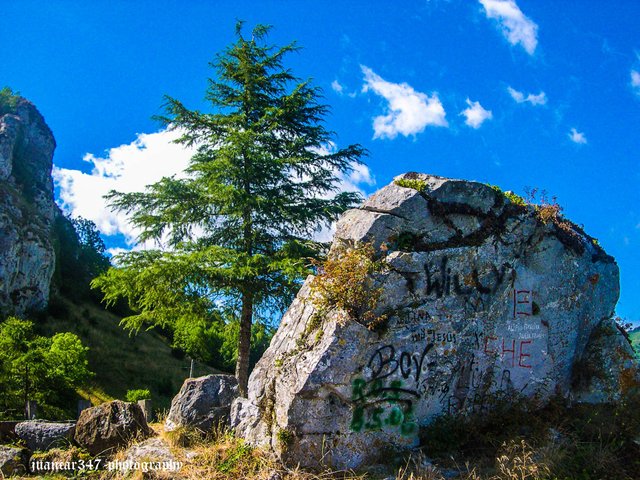
NOTICE: Both the text and the accompanying photographs are my exclusive intellectual property and are therefore subject to my copyright.
AVISO: Tanto el texto, como las fotografías que lo acompañan, son de mi exclusiva propiedad intelectual y por lo tanto, están sujetos a mis Derechos de Autor.
